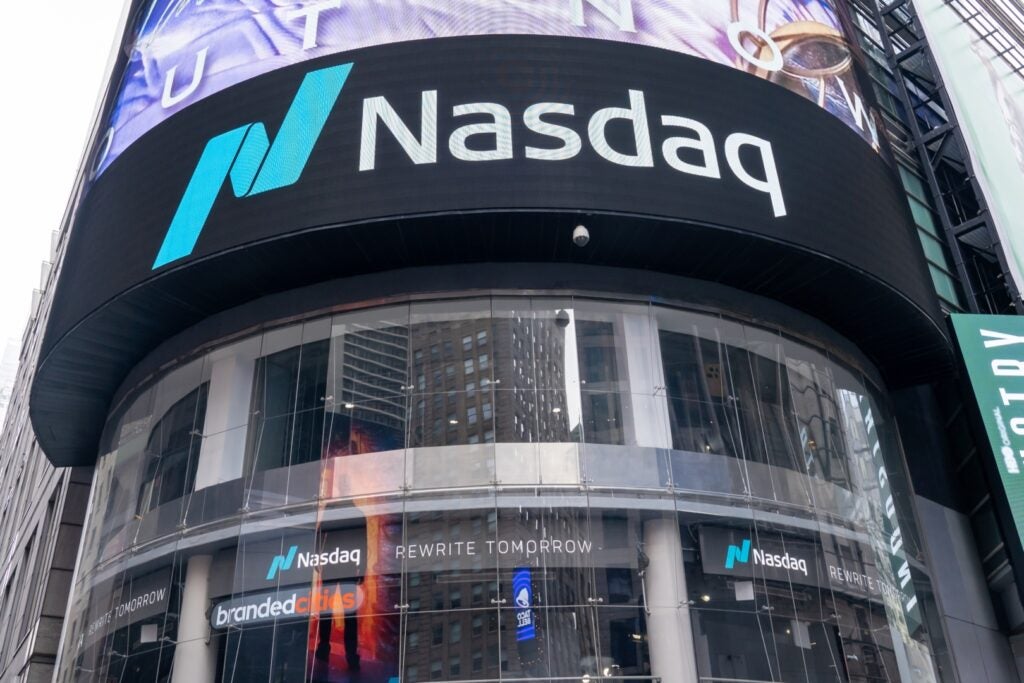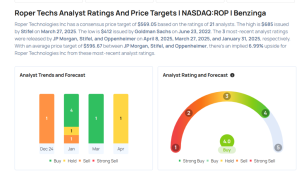
The Nasdaq has staged a remarkable turnaround in April, transforming from what was initially dubbed the “worst April for the stock market since the Great Depression” to posting gains for the month, a recovery that’s drawing attention from prominent market analysts.
What Happened: On Sunday, Tom Lee, Head of Research at Fundstrat Global Advisors, endorsed Treasury Secretary Scott Bessent‘s observation about the market’s resilience, describing the equity recovery as a “White House put” – suggesting government policies are providing a floor for market values.
“Equity recovery cannot be ignored,” Lee wrote on X, responding to Bessent’s post highlighting the dramatic shift in market narrative.
The S&P 500 index, tracked by SPDR S&P 500 SPY, has gained 10.89% since its April 8 low of 4,982, currently trading around 5,525. This recovery follows concerns over potential tariff impacts and recession risks that had previously shaken investors. Meanwhile, the Nasdaq 100, tracked by Invesco QQQ Trust, Series 1 QQQ, has surged 13.70% from its low of 17,090 on the same day, now trading at 19,432.
The rebound contrasts sharply with warnings from analysts like Chris Senyek of Wolfe Research, who recently cautioned that the S&P 500 could plunge as low as 3,700 points – a potential 37% decline from January levels – if tariff-related uncertainty triggers a recession in 2025.
Why It Matters: Market volatility has been exacerbated by President Donald Trump‘s tariff announcements in early April, particularly regarding China. Despite the president’s recent statements that he would maintain tariffs without “substantial” concessions from Beijing, markets have shown surprising resilience.
Technical analysts remain cautious about the sustainability of the recovery. JPMorgan‘s Jason Hunter has identified the 5,425-5,650 range as key resistance for the S&P 500, suggesting the index could retreat to 4,500-4,800 before establishing a “more durable bottom.”
The “Magnificent 7” tech stocks that have driven much of the market’s performance in recent years are “consolidating within volatile ranges below their respective breakdown levels,” according to Hunter, indicating potential challenges ahead for market leaders including Apple Inc. AAPL, Microsoft Corp. MSFT and NVIDIA Corp. NVDA.
Photo: JHVEPhoto / Shuttesstock
Read Next:
Disclaimer: This content was partially produced with the help of AI tools and was reviewed and published by Benzinga editors.
Market News and Data brought to you by Benzinga APIs
© 2025 Benzinga.com. Benzinga does not provide investment advice. All rights reserved.


